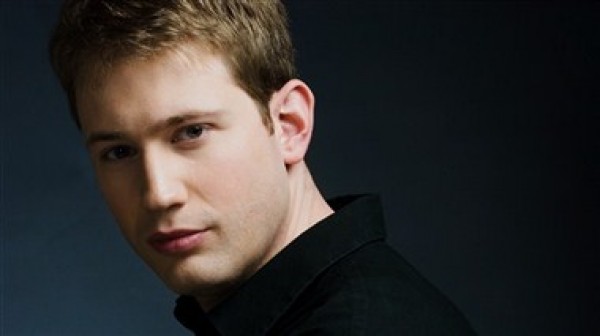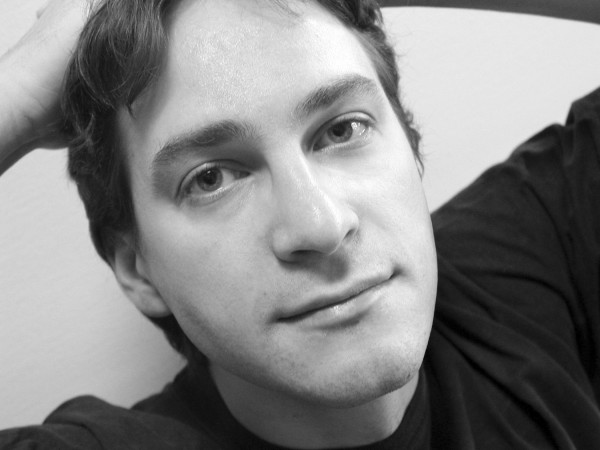ELEGANCE, IMAGINATION AND VIRTUOSITY: Jonathan Crow and Michael Oesterle speak about the Rencontres virtuoses program.
On April 8, Innovations en concert will be delighted to present Jonathan Crow (current concertmaster of the Toronto Symphony Orchestra, and former concertmaster of the Montreal Symphony) and Andrew Wan (current concertmaster of the Montreal Symphony). In Rencontres virtuoses, they’ll join forces to tell the story of the violin-duet idiom in the 20th and 21st centuries, beginning with Schnittke and Prokofiev, through Bartók, Berio and Takemitsu, and on to present-day Quebec with commissions from Michael Oesterle and Maxime McKinley.

Jonathan Crow describes this idiom as not so much a tradition of virtuoso violin duets as a tradition of duets created as teaching vehicles. Both the Bartók and Berio duos were written to be played by a teacher and student, with one part slightly less complicated than the other. In the case of Bartók’s duos there is a progression in difficulty throughout the 44 short pieces, becoming more and more complicated towards the end of the set.
“Violin duet repertoire has a strange gap throughout a large period of history,” explains Jonathan. “There are many duets from the Baroque era, and many modern pieces for this ensemble, but very few duets from the Classical or Romantic periods. For this recital we decided to concentrate on music from the 20th and 21st centuries, as the variety of styles from Prokofiev through to Takemitsu and the two premieres seemed to give a natural theme to the concert. We specifically wanted to present pieces by wonderful Canadian composers, and are extremely excited to have the chance to present two new works by Maxime McKinley and Michael Oesterle!”
Michael Oesterle’s new creation, Eulerian Dances, is based on the work of Leonhard Euler, who in 1735 laid the foundations of graph theory while solving the famous mathematics problem of the “Seven Bridges of Königsberg.”

Says Michael: “My interest in mathematics and science is something that has been with me for a long time. I grew up knowing that I was born in the same city as Albert Einstein, and I ended up living very near Einstein’s old home while I was at Princeton. I don’t attempt to incorporate the mathematics themselves in my music, but rather I find inspiration in the lives and endeavours of the scientists and mathematicians. Their focus and dedication to the development of knowledge seems similar to the arts at its best. What is truly fascinating to me is the imagination it requires to solve mathematics problems.”
Could Eulerian Dances have moments related not only to 18th century mathematics, but to the music of this era? Does the composer’s work have a special affinity with the early music movement?
“My affinity is for violin repertoire of the 18th and 19th century, which to me has it all: elegance, imagination, virtuosity (technical and expressive),” answers Michael. “I have written more for the violin than any other instrument, and with each attempt I grow closer to the instrument, but also closer to what I feel is my natural music voice.”
We hope that you’ll join us for an exhilarating evening, Monday April 8th, in the intimate venue of the Chapelle historique du Bon-Pasteur.
– Isak Goldschneider, Montreal, April 2013